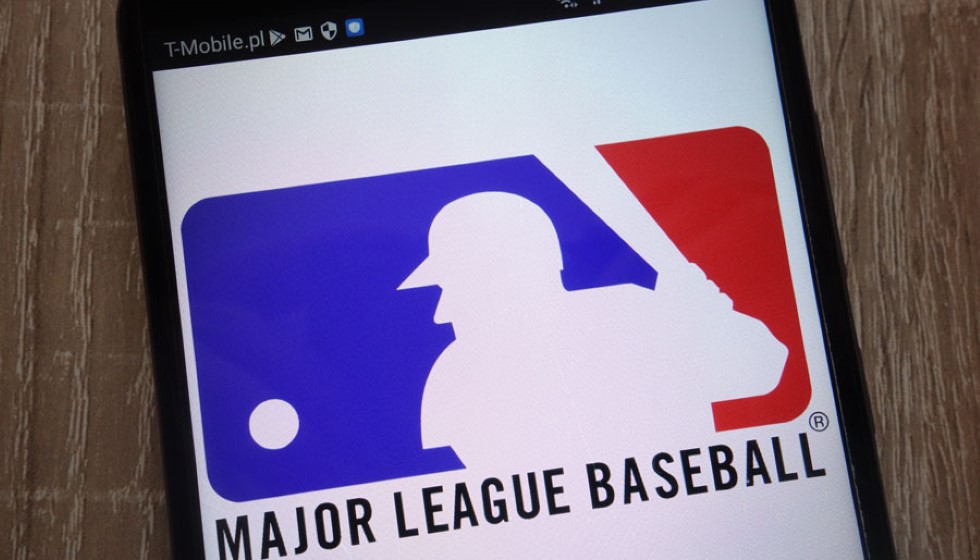
Tropicana Field Suffers Damage from Hurricane Milton's Ferocity
Tropicana Field, the hallowed ground where Major League Baseball's Tampa Bay Rays call home, suffered significant damage as Hurricane Milton unleashed its fury across Florida's west coast. The iconic domed roof, an engineering marvel of cable-supported structures, bore the brunt of the storm's wrath.
This dome, stretching across six acres, stands out for its translucent, Teflon-coated fiberglass composition, comparable to none other in the league. It’s a sight to behold, not just for its appearance but also its engineering prowess. Supported by a staggering 180 miles of cables and struts, the roof was a testament to modern architecture's ability to balance form and function.
However, as resilient as this structure was, Mother Nature had other plans. The dome, designed to endure winds reaching 115 miles per hour, faced wind gusts near 101 mph during Hurricane Milton. The storm, which made landfall as a ferocious Category 3 hurricane around Siesta Key, tested every facet of the dome's fortitude.
First responders had initially planned to use Tropicana Field as a base camp for emergency operations. Still, foresight guided their evacuation with Governor Rick DeSantis confirming, "First responders had moved to a safe location prior to the storm's landfall and were not inside Tropicana Field when it sustained damage." This quick decision-making undoubtedly saved lives as the structure struggled under the storm's pressure.
Beyond the Tropicana Field confines, the hurricane left an indelible mark on the broader Tampa Bay region. Pinellas County, home to the Rays and Tropicana Field, faced significant challenges with nearly 2 million residents plunged into darkness due to widespread power outages. The city of St. Petersburg, in particular, recorded over 16 inches of rainfall within a mere 24-hour span—an astonishing deluge that compounded the woes for locals.
The timing of the hurricane-disrupted plans for the Rays, their fans, and the local government. Earlier this year, Pinellas County commissioners had greenlighted public funding for a new ballpark for the Rays, an ambitious project aiming to offer a fresh start and inject new energy into the region. With the damage sustained by Tropicana Field, the urgency for these plans may accelerate, serving as a pivotal moment for the future of Tampa Bay baseball.
Since its opening in 1998, Tropicana Field has not only been the residence of the Rays but has hosted an array of events, showcasing its versatility beyond the baseball diamond. The field's usability and adaptability have played a critical role in boosting the community's cultural and social landscape, adding vitality to the Tampa Bay metropolitan area.
As the Rays and the community commence the rebuilding and future planning process, the tale of Tropicana Field during Hurricane Milton stands as a stark reminder of nature's power and the need for preparedness and resilience. With the prospect of a new ballpark on the horizon, this incident may indeed precipitate a new chapter in the illustrious narrative of Tampa Bay sports.
Only time will tell how this story unfolds, but the region's spirit of tenacity and innovation will undoubtedly shape the course of recovery and renewal for both Tropicana Field and its dedicated fans.